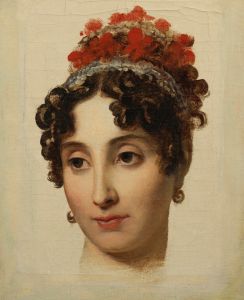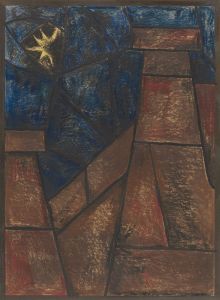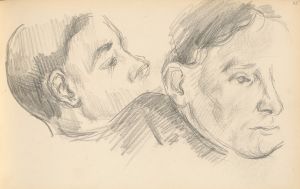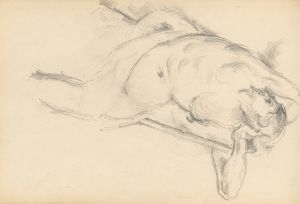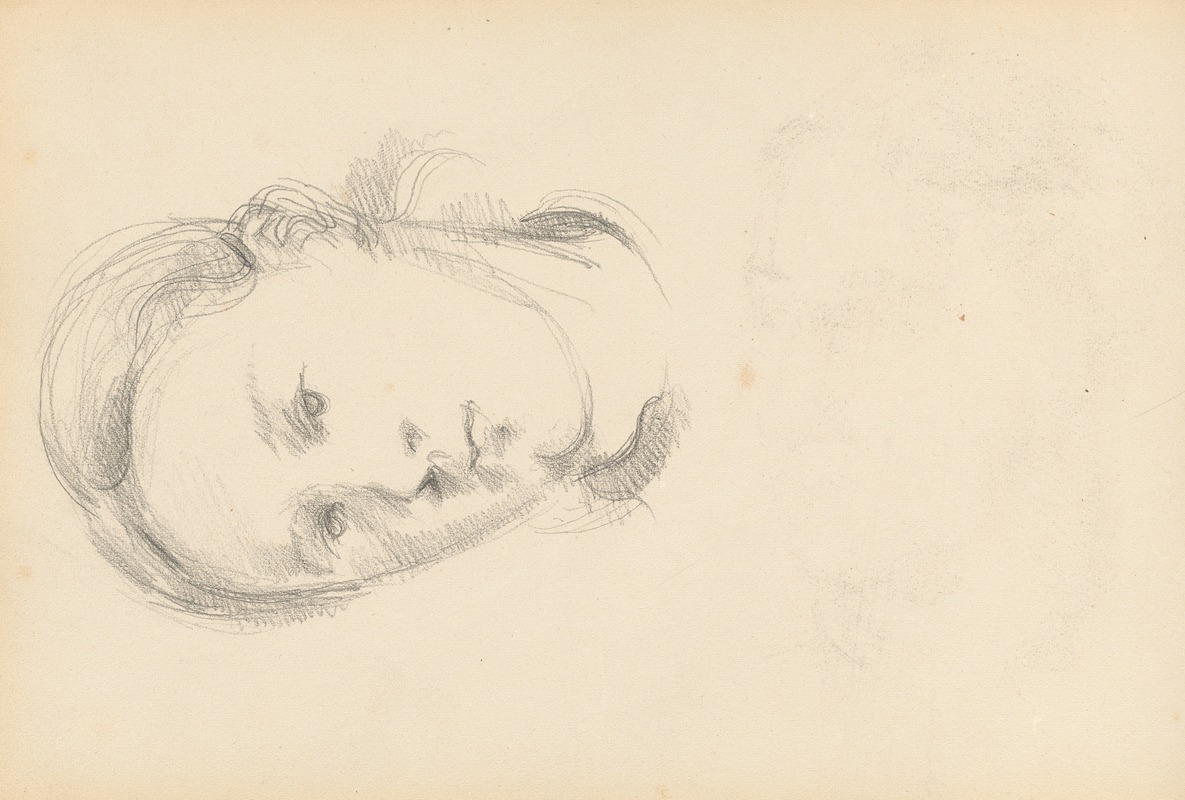
Head of a Young Woman
A hand-painted replica of Paul Cézanne’s masterpiece Head of a Young Woman, meticulously crafted by professional artists to capture the true essence of the original. Each piece is created with museum-quality canvas and rare mineral pigments, carefully painted by experienced artists with delicate brushstrokes and rich, layered colors to perfectly recreate the texture of the original artwork. Unlike machine-printed reproductions, this hand-painted version brings the painting to life, infused with the artist’s emotions and skill in every stroke. Whether for personal collection or home decoration, it instantly elevates the artistic atmosphere of any space.
Paul Cézanne's "Head of a Young Woman" is a notable work that exemplifies the artist's evolving style and his contribution to the transition from 19th-century Impressionism to 20th-century Cubism. Cézanne, a French Post-Impressionist painter, is renowned for his unique approach to form, color, and composition, which laid the groundwork for the modern art movement.
"Head of a Young Woman" is believed to have been painted in the late 19th century, a period during which Cézanne was deeply engaged in exploring the complexities of human form and expression. This painting is a portrait, a genre that Cézanne frequently revisited throughout his career. His portraits are characterized by their introspective quality and the use of color to convey emotion and depth.
In "Head of a Young Woman," Cézanne employs his signature brushwork, which is both deliberate and expressive. The brushstrokes are visible and contribute to the texture of the painting, a technique that Cézanne used to add dimensionality and life to his subjects. The palette is typically subdued, with earthy tones that highlight the contours and shadows of the young woman's face. This use of color not only defines the physical attributes of the subject but also evokes a sense of mood and atmosphere.
Cézanne's approach to portraiture was innovative for his time. Unlike many of his contemporaries, who focused on capturing the likeness of their subjects with photographic precision, Cézanne was more interested in the underlying structure and form. He often deconstructed the human face into geometric shapes, a technique that would later influence the Cubists, including artists like Pablo Picasso and Georges Braque. In "Head of a Young Woman," this deconstruction is subtly evident in the way Cézanne simplifies the facial features, reducing them to their essential forms.
The identity of the young woman in the painting remains unknown, as is the case with many of Cézanne's portraits. This anonymity adds a universal quality to the work, allowing viewers to focus on the artistic techniques and emotional resonance rather than the specifics of the sitter's identity. The painting is a testament to Cézanne's belief that art should transcend mere representation and instead capture the essence of its subject.
"Head of a Young Woman" is housed in a private collection, which limits public access to the work. However, it continues to be studied and admired for its contribution to Cézanne's oeuvre and its influence on subsequent generations of artists. The painting exemplifies Cézanne's mastery of form and color, as well as his ability to convey the complexity of human emotion through his innovative artistic vision.
In summary, "Head of a Young Woman" is a significant work within Paul Cézanne's body of art. It reflects his pioneering approach to portraiture and his role in shaping the direction of modern art. Through his distinctive use of brushwork and color, Cézanne captures not only the physical likeness of his subject but also an enduring sense of presence and introspection.





